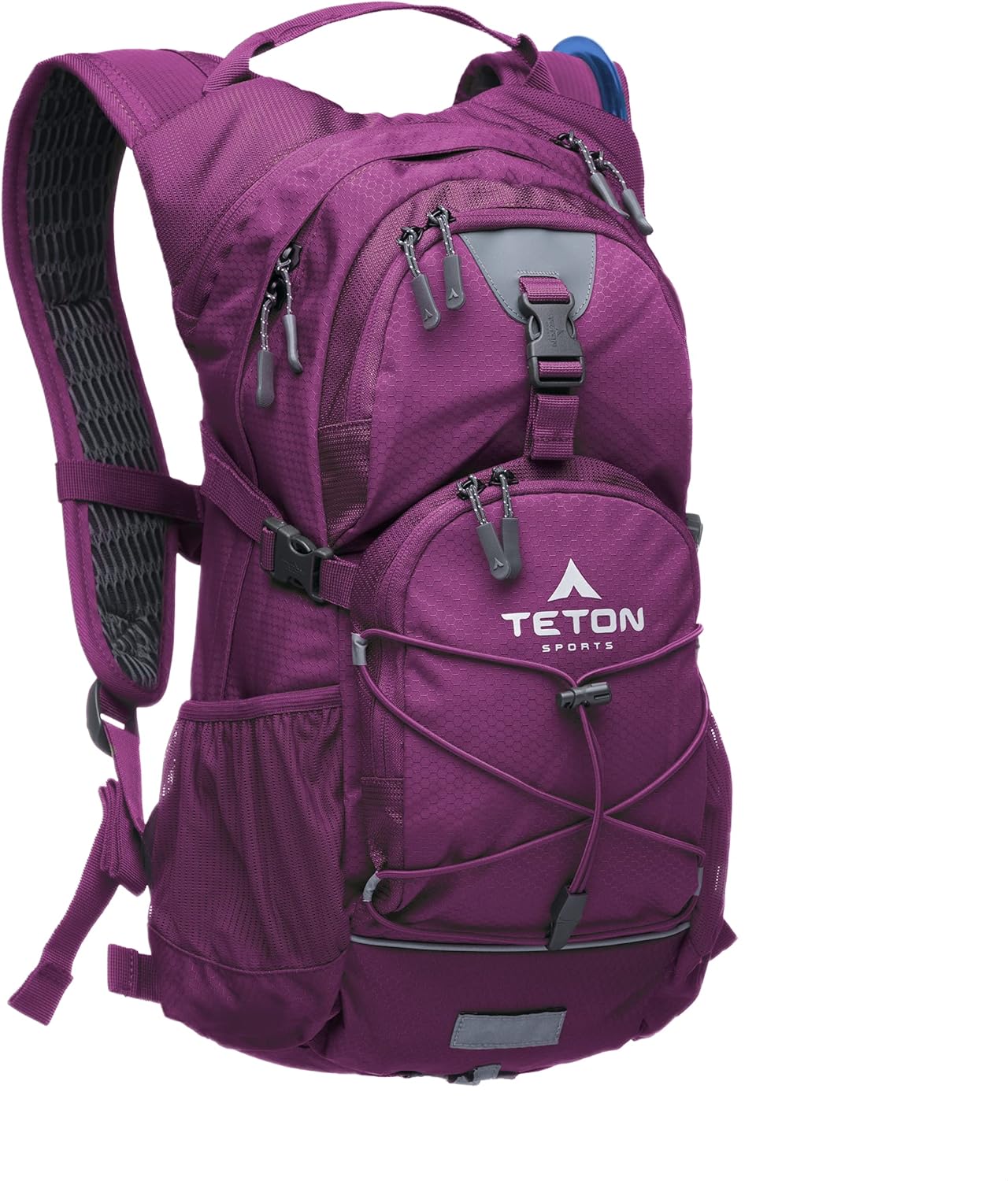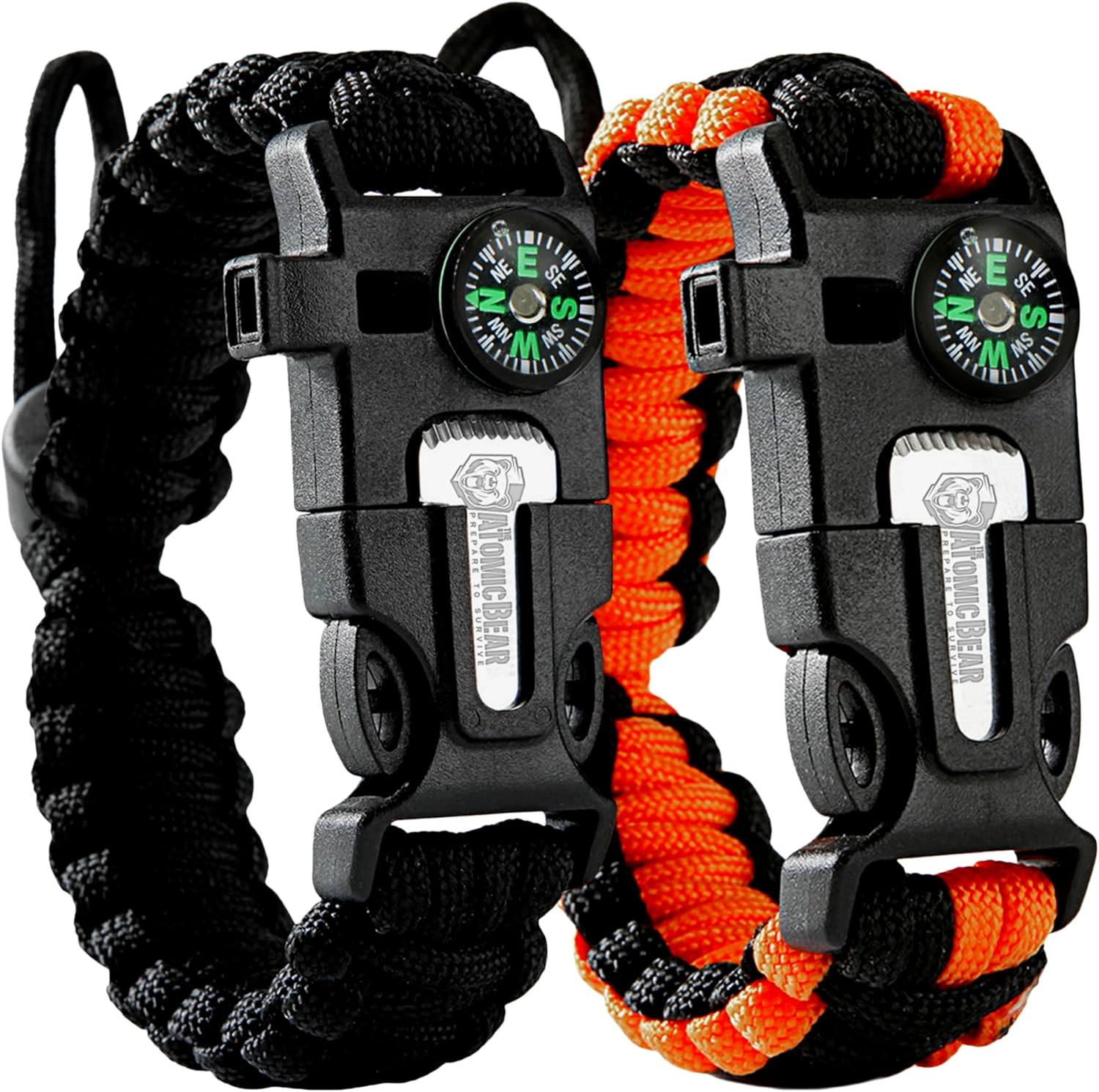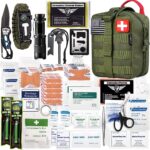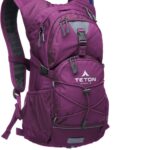In any emergency or disaster scenario, having a survival medical kit can mean the difference between life and death. A well-prepared survival medical kit is essential for emergency preparedness, whether for natural disasters or other emergencies. It is important to have a list of essential items that should be included in a survival medical kit.
The survival medical kit list should include items that are necessary for treating injuries, preventing infections, and providing basic first aid. The kit should also include medications that may be needed in an emergency, such as pain relievers, anti-inflammatory drugs, and antibiotics. Other items that should be included in the kit are bandages, gauze, adhesive tape, scissors, tweezers, and a thermometer. In addition, it is important to have a supply of clean water, food, and other basic necessities in case of an emergency.
Essential Components of a Survival Medical Kit
When it comes to preparing for emergencies, having a well-stocked medical kit is essential. A survival medical kit should include a variety of supplies to help treat injuries and illnesses that may occur during a disaster or other emergency situation. Here are the essential components of a survival medical kit:
First Aid Supplies
The first aid supplies in a survival medical kit should include a variety of items to help treat injuries and prevent infections. Some of the most important first aid supplies include:
- Bandages of various sizes and shapes, including adhesive bandages and sterile gauze pads
- Medical tape to secure bandages and dressings
- Antiseptic wipes or hydrogen peroxide to clean wounds
- Antibiotic ointment to prevent infection
- Tourniquet to control bleeding
- CPR breathing barrier to protect against disease transmission
- Moleskin or other blister treatment for foot care
- Ace bandage for sprains and strains
Medications
A survival medical kit should also include medications to help manage pain, fever, and other symptoms. Some of the most important medications to include are:
- Aspirin, ibuprofen, or acetaminophen for pain relief
- Antacids for upset stomach or heartburn
- Benadryl for allergic reactions
- Epi-Pen for severe allergic reactions
- Prescription medications for chronic conditions
Specialized Tools and Supplies
In addition to first aid supplies and medications, a survival medical kit should also include specialized tools and supplies to help treat more serious injuries. Some of the most important specialized tools and supplies include:
- Thermometer to monitor fever
- Syringe for administering medications or flushing wounds
- Tweezers and scissors for removing splinters or cutting bandages
- Trauma shears for cutting clothing or other materials
- Magnifying glass for examining wounds or objects
- Nitrile gloves to protect against infection
- QuikClot or other hemostatic agents to control bleeding
- Sutures or super glue for wound closure
Overall, a well-stocked survival medical kit can help ensure that you are prepared for emergencies and can provide the necessary care to yourself or others in a disaster or other emergency situation.
Survival Essentials
Survival situations can arise unexpectedly, and it is important to be prepared with a well-stocked survival medical kit. The following subsections will cover the essential items that should be included in such a kit.
Shelter and Warmth
In a survival situation, shelter and warmth are crucial for survival. It is important to have a mylar or emergency blanket in the kit, which can reflect up to 90% of body heat. Additionally, plastic sheeting can be used to create a makeshift shelter.
Nutrition and Hydration
Water and food are essential for survival. It is recommended to have at least one gallon of water per person per day, along with non-perishable food items. A manual can opener should also be included in the kit for opening cans.
Lighting and Signaling
In low light situations, a flashlight or headlamp can be used to provide visibility. Extra batteries should also be included in the kit. Matches can be used to start a fire for warmth and signaling for help. A whistle can be used to signal for help as well.

Waterproof Tent Light with 4 Light Modes, Camping Essentials, Portable Lantern Flashlight for Camping, Hurricane, Emergency, Hiking, Power Outages
These are just a few of the essential items that should be included in a survival medical kit. It is important to regularly check and update the kit to ensure that all items are in good condition and up to date.
Hygiene and Protection
Personal Hygiene Items
When it comes to survival, maintaining personal hygiene is essential for staying healthy. A good survival medical kit should include personal hygiene items such as toothbrush, toothpaste, soap, and hand sanitizer. These items can help prevent the spread of germs and keep you feeling clean and refreshed even in the toughest of conditions.
Toothbrush and toothpaste are crucial for maintaining good oral hygiene. Clean teeth and gums can help prevent infections and tooth decay. Soap is essential for washing hands and body, and it can also be used for cleaning clothes and dishes. Hand sanitizer is a quick and easy way to clean hands when soap and water are not available.
Safety and Protective Gear
In a survival situation, safety and protective gear can help prevent injuries and protect against the elements. A good survival medical kit should include items such as masks, nitrile gloves, safety pins, and finger splints.

Hydration Backpack for Hiking, Running, Cycling, Biking, Hydration Bladder Included – Plus a Sewn-in Rain Cover
Masks can help protect against airborne illnesses and pollutants. Nitrile gloves can protect hands from cuts, scrapes, and infections. Safety pins can be used for a variety of purposes, such as securing bandages or repairing clothing. Finger splints can help immobilize fingers and prevent further injury.
In conclusion, personal hygiene items and safety gear are crucial components of a survival medical kit. By including these items, you can help prevent illness and injury and increase your chances of survival in a tough situation.
Additional Supplies and Tools
Miscellaneous Tools
In addition to the basic medical supplies, there are a few miscellaneous tools that can be useful to include in a survival medical kit list. These tools can help with various tasks, from repairing gear to providing light and warmth.
One such tool is duct tape, which can be used to repair torn clothing or gear, seal wounds, or even create makeshift shelters. Another useful item is a cot or sleeping pad, which can provide a comfortable place to rest and help prevent hypothermia by insulating the body from the ground.

(2 Pack) – Adjustable – Fire Starter – Loud Whistle – Perfect for Hiking, Camping, Fishing and Hunting – Black & Black+Orange
Other miscellaneous tools that can be included in a survival medical kit list include a paper and pencil for taking notes or leaving messages, a magnifying glass for starting fires, and a dental mirror for examining hard-to-reach areas of the body.
Documentation and Information
In addition to supplies and tools, it is also important to include documentation and information in a survival medical kit list. This can include a checklist of items in the kit, as well as any relevant medical history or emergency contact information.

40L Carry On Backpack, 17 Inch Laptop Waterproof Casual Backpack, College Bookbag, TSA Person Item Flight Approved
It can also be useful to include a manual or guide to emergency preparedness, such as those provided by the Red Cross or American Red Cross. These resources can provide valuable information on how to respond to various emergencies and how to administer first aid in different situations.
Finally, it can be helpful to keep important documents and information in an Excel spreadsheet or other electronic format, so that it can be easily accessed and updated as needed. This can include medical records, insurance information, and contact information for family members and emergency services.
Preparation and Maintenance
Kit Assembly and Customization
When it comes to assembling a survival medical kit, it is important to take into account the specific needs of the individual or group. A pre-made kit may be a good starting point, but customization is key to ensure that the kit contains all the necessary items for the intended purpose.
The kit should be assembled with the understanding that it may need to sustain the individual or group for an extended period of time, and therefore should be well-stocked. It should also be portable and easily accessible in case of an emergency.

IFAK EMT Molle Pouch Survival Kit Outdoor Gear Emergency Kits Trauma Bag for Camping Boat Hunting Hiking Home Car Earthquake and Adventures
To customize the kit, it is important to consider factors such as the number of people it will be serving, the environment it will be used in, and any specific medical needs of the individuals. For example, if there are pets involved, it may be necessary to include items such as pet food and water.
Regular Review and Updates
Once the kit has been assembled, it is important to regularly review and update its contents. This includes checking expiration dates of medications and supplies, restocking any used items, and adding any new items that may be necessary based on changing circumstances.
It is recommended that the kit be reviewed at least once a year, and more frequently if it has been used or if there have been changes in the individual or group’s medical needs. Keeping an inventory of the kit’s contents can help ensure that everything is accounted for and make the review process more efficient.
Having a checklist of items that should be included in the kit can also be helpful in ensuring that nothing is forgotten during the review and update process. Overall, regular maintenance of the survival medical kit is essential to ensuring its effectiveness in case of an emergency.
Practical Skills and Knowledge
First Aid and Emergency Response Training
Having the right medical supplies is important, but it is equally important to have the knowledge and skills to use them effectively. This is where first aid and emergency response training comes in. Anyone can benefit from learning basic first aid skills, which can help you respond to a variety of emergency situations, from minor injuries to life-threatening conditions.
CPR (cardiopulmonary resuscitation) is an important skill that everyone should learn. This technique can help restore blood circulation and breathing in someone who has suffered a cardiac arrest. In addition to CPR, it is important to learn how to recognize and respond to other medical emergencies, such as choking, severe bleeding, and shock.
Understanding and Managing Trauma
In emergency situations, it is not uncommon for people to experience trauma, which can have both physical and psychological effects. Understanding trauma and learning how to manage it can help you better respond to emergency situations.
Trauma can be caused by a variety of factors, including natural disasters, pandemics, and accidents. In addition to physical injuries, trauma can also cause emotional distress, such as anxiety, depression, and post-traumatic stress disorder (PTSD).
Learning how to manage trauma involves developing coping strategies and seeking appropriate medical care. In some cases, this may involve seeking treatment at a hospital or emergency medical facility. In other cases, it may involve seeking support from friends, family members, or mental health professionals.
In summary, having the right medical supplies is important, but it is equally important to have the knowledge and skills to use them effectively. Learning basic first aid skills and understanding trauma can help you better respond to emergency situations and provide the best possible care to those in need.
Frequently Asked Questions
What essential items should be included in a basic first aid kit?
A basic first aid kit should include items such as adhesive bandages, sterile gauze pads, adhesive tape, antiseptic wipes, and a pair of scissors. Other useful items include tweezers, disposable gloves, a thermometer, and a first aid manual. It is important to consider the specific needs of the situation or environment when assembling a first aid kit.
How do I assemble a first aid kit for outdoor adventures?
When assembling a first aid kit for outdoor adventures, it is important to consider the potential risks and hazards of the environment. In addition to the basic items listed above, an outdoor first aid kit should include items such as a tourniquet, a snake bite kit, and insect repellent. It is also important to consider the duration of the trip and the number of people in the group when assembling the kit.
What medications are crucial for a well-stocked first aid kit?
A well-stocked first aid kit should include medications such as pain relievers, antihistamines, and anti-diarrheal medication. Prescription medications, such as insulin or asthma inhalers, should also be included if needed.
What should be in a first aid kit for remote or wilderness areas?
A first aid kit for remote or wilderness areas should include all of the basic items listed above, as well as additional items such as a signaling device, a water purification system, and a multi-tool. It may also be necessary to include items such as a splint, a SAM splint, or a vacuum splint.

IFAK EMT Molle Pouch Survival Kit Outdoor Gear Emergency Kits Trauma Bag for Camping Boat Hunting Hiking Home Car Earthquake and Adventures
How can I ensure my first aid kit is suitable for survival situations?
To ensure that a first aid kit is suitable for survival situations, it is important to consider the specific needs of the situation. The kit should include items that are durable and can withstand harsh conditions. It is also important to consider the potential duration of the survival situation and the number of people involved when assembling the kit.
What are the recommended contents for a personal emergency medical kit?
A personal emergency medical kit should include items such as prescription medications, over-the-counter medications, and first aid supplies. It is important to consider any specific medical conditions or allergies when assembling the kit. Other useful items to include are a flashlight, a whistle, and a multi-tool.


